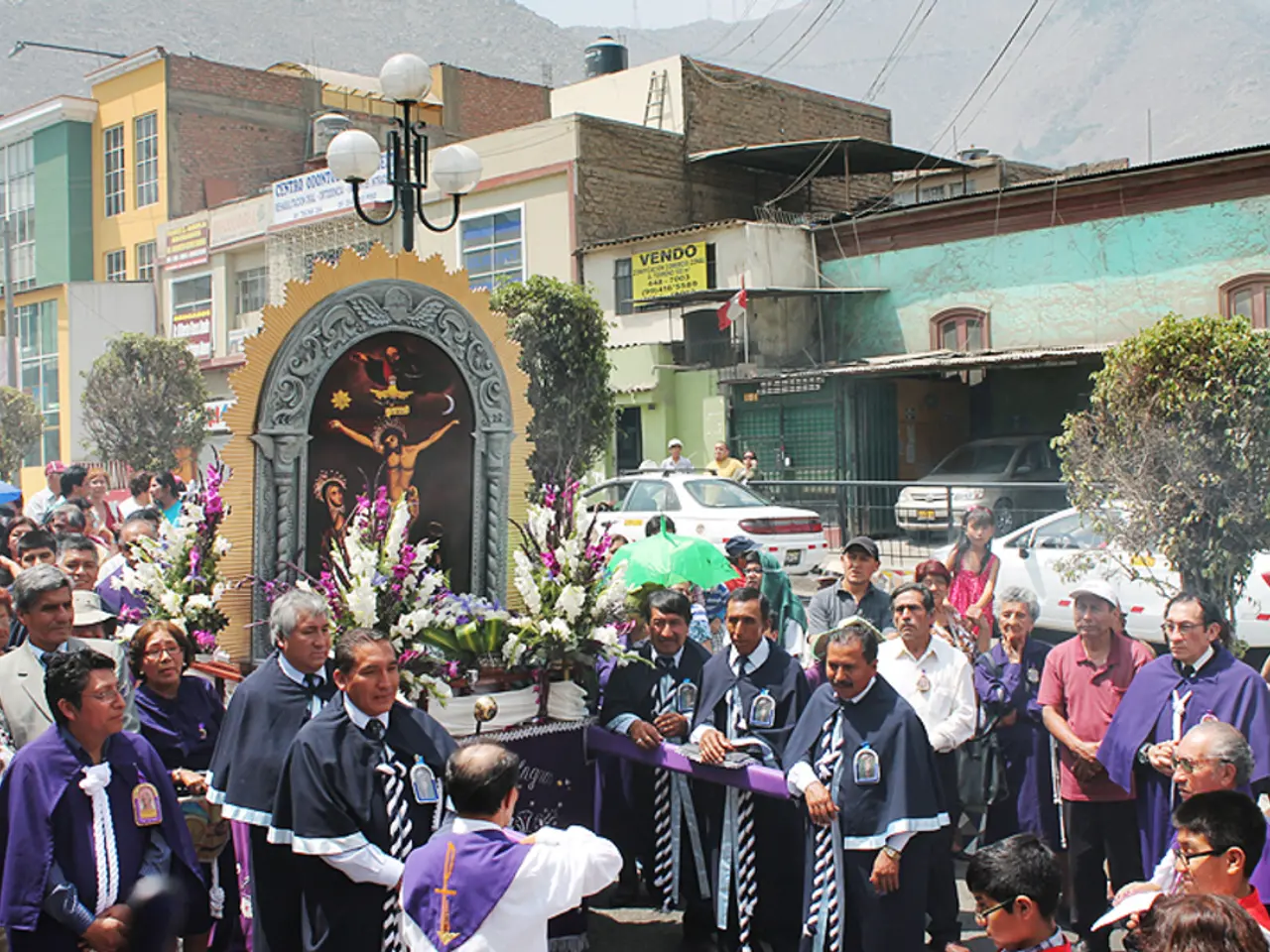The Effect of Graffiti and Murals on City Life and Social Trends
Street Art Transforms Urban Landscapes and Culture
In the realm of art, few movements have captured the imagination and transformed urban environments quite like street art. This dynamic form of visual expression, born in the 1960s and 1970s, has grown to encompass a wide array of artistic forms, from graffiti and stencil art to wheatpasting and street installations.
The roots of street art can be traced back to major American cities such as Philadelphia, New York City, and Los Angeles, where tagging—the act of writing pseudonyms or symbols to mark territory or identity—emerged as an early form of street expression among teenagers and gangs. Over time, this unauthorized and underground form of visual expression evolved, progressively gaining recognition as a legitimate art form worldwide.
Cities like Bristol saw a strong evolution of street art in the 1980s, with the rise of more complex murals and graffiti styles by artists such as Robert Del Naja (3D) and later Banksy, despite challenges like police crackdowns. Globally, street art has grown as a medium that democratizes urban spaces, transforming mundane or neglected areas into platforms for creativity, social commentary, and identity expression.
Street art's impact on urban culture is profound. It revitalizes and beautifies urban environments, altering how people experience and engage with their surroundings. It fosters alternative cultural identities and subcultures, often linked to movements in music and youth culture. The visibility and accessibility of street art break down barriers between 'high art' and public consumption, contributing to a more inclusive cultural landscape.
Moreover, street art encourages dialogue and connection among diverse urban populations by addressing shared experiences and societal themes visibly and accessibly. It can promote pride and ownership among local residents when art reflects their history, struggles, or aspirations. At times, it challenges notions of public space and ownership, prompting communities to reconsider their environment and collective identity.
Street art has also become strongly associated with protest and activism, serving as a visual form of dissent that contests political power, social injustice, and inequality. Artists like Banksy use street art to critique nationalism, capitalism, war, climate change, and other sociopolitical issues, often inspiring awareness and action beyond words alone. It provides marginalized groups and movements a voice in the public sphere, symbolizing resistance and solidarity.
In summary, the trajectory of street art from 1960s tagging to a globally recognized cultural and activist practice illustrates its profound influence on urban culture, community identity, and social movements. It embodies a dynamic intersection of creativity, engagement, and protest within the public realm.
The future of street art in urban culture is bright, with an increase in support for initiatives that promote its presence in urban environments. Street art can contribute to the economy by attracting tourists, increasing foot traffic in urban areas, and providing opportunities for local businesses to thrive. Additionally, street art festivals and events can generate revenue for the community.
However, the legality of street art varies by location and context. Advancements in technology have made it easier for artists to create large-scale murals and installations, but this also raises questions about the boundaries of public and private space. As street art continues to evolve and grow, it will be crucial to navigate these complexities while celebrating the transformative power of this vibrant form of artistic expression.
References: 1. History and Evolution of Street Art 2. Impact of Street Art on Urban Culture 3. Bristol's Street Art Scene 4. Street Art and Activism
Street art's influence on urban culture is evident in various aspects of lifestyle, as it often intersects with fashion-and-beauty, serving as an inspiration for clothing designs, makeup trends, and hairstyles.
Exploring food-and-drink scenes around the world, one can discover street art murals reflecting the local culture and traditions, creating unique photographic opportunities for travelers seeking authentic experiences.
Upon examining cultural traditions worldwide, street art stands out as a recipe for cultural exchange, blending various artistic styles and ideas from different parts of the globe, thereby fostering a more globalized lifestyle.




